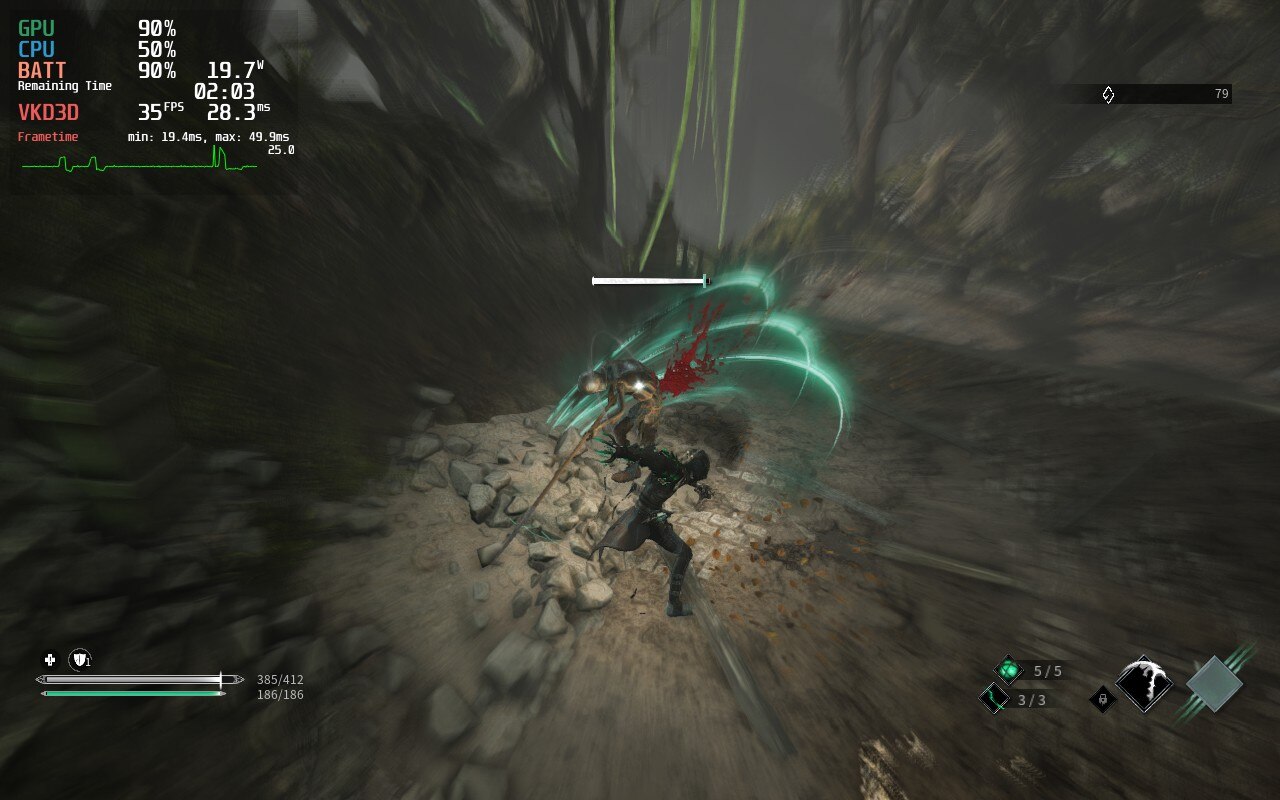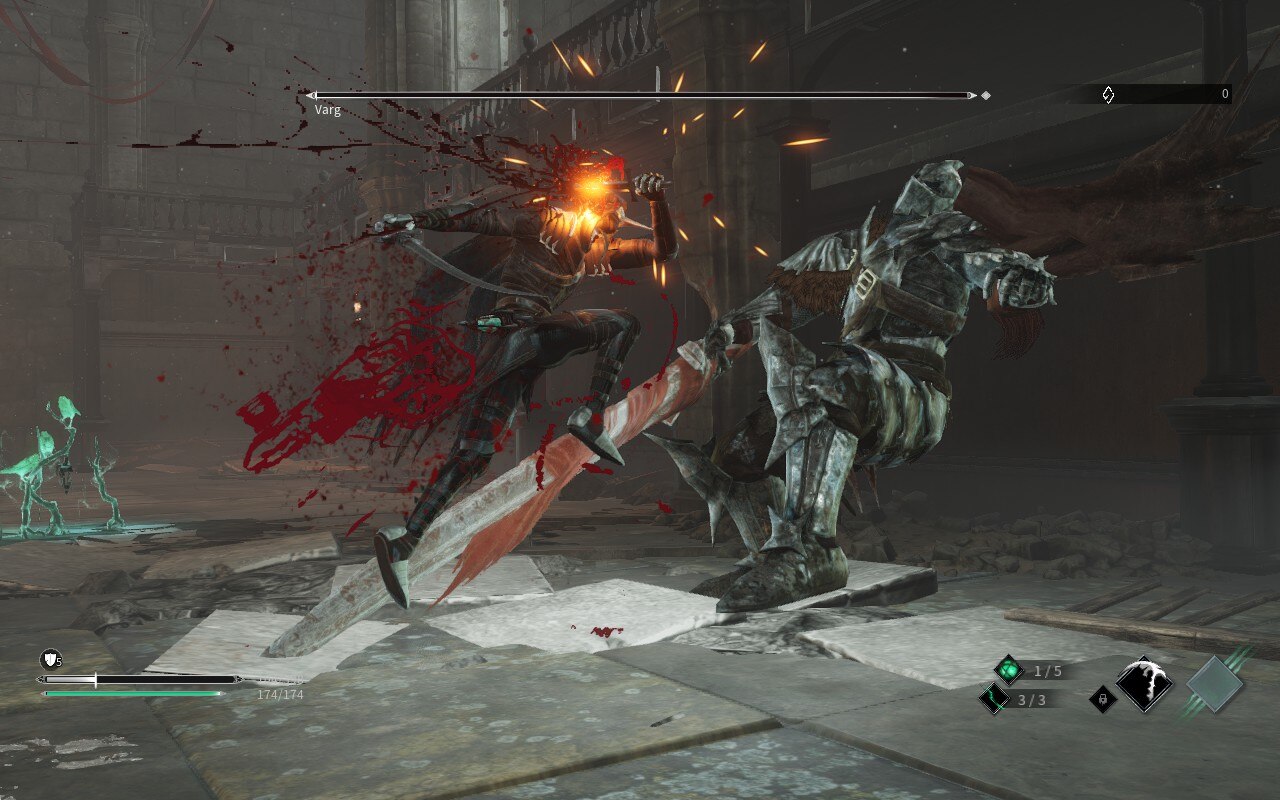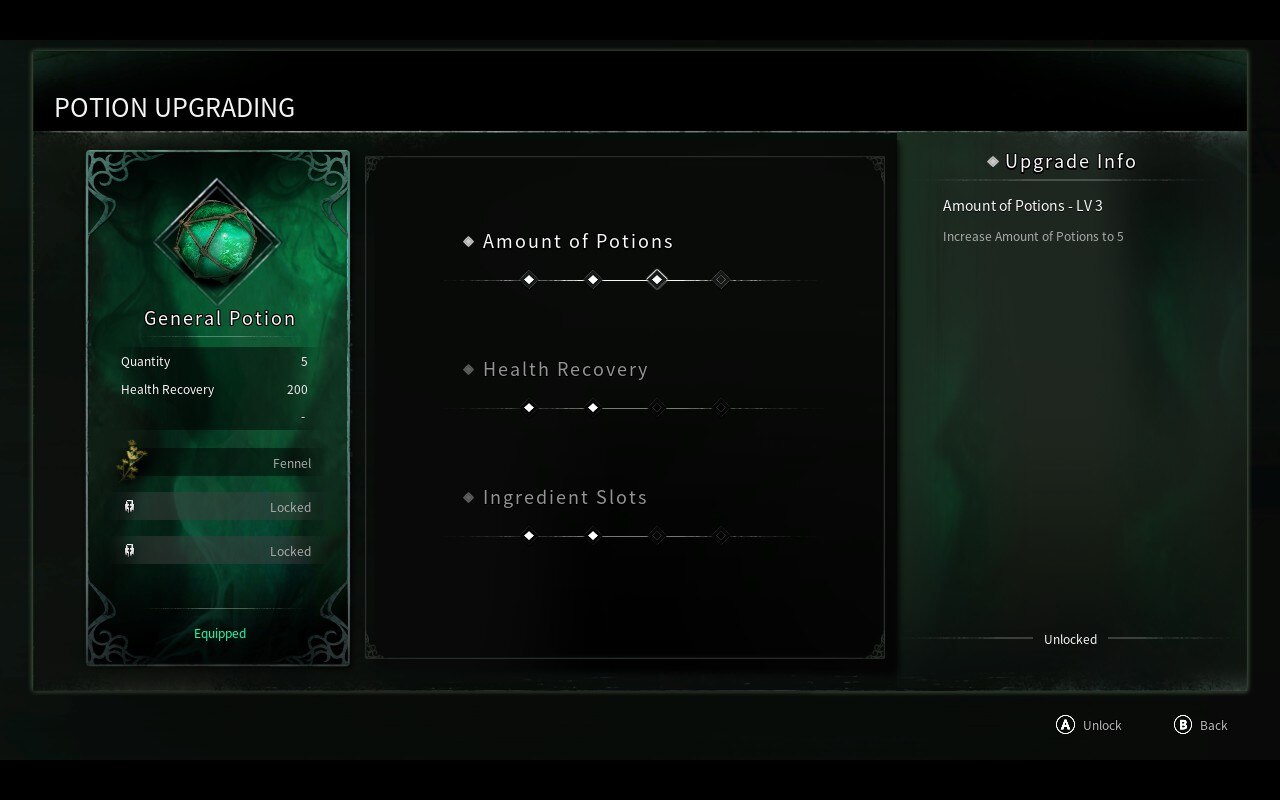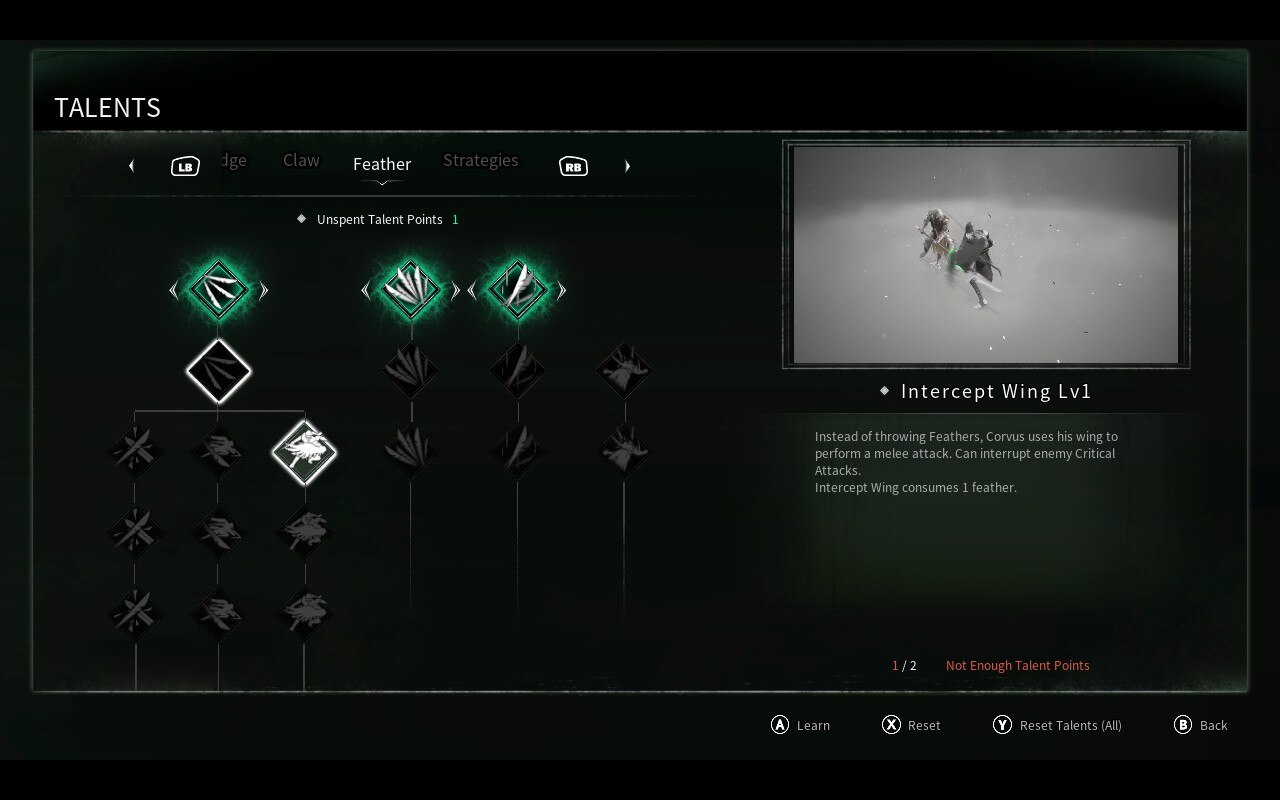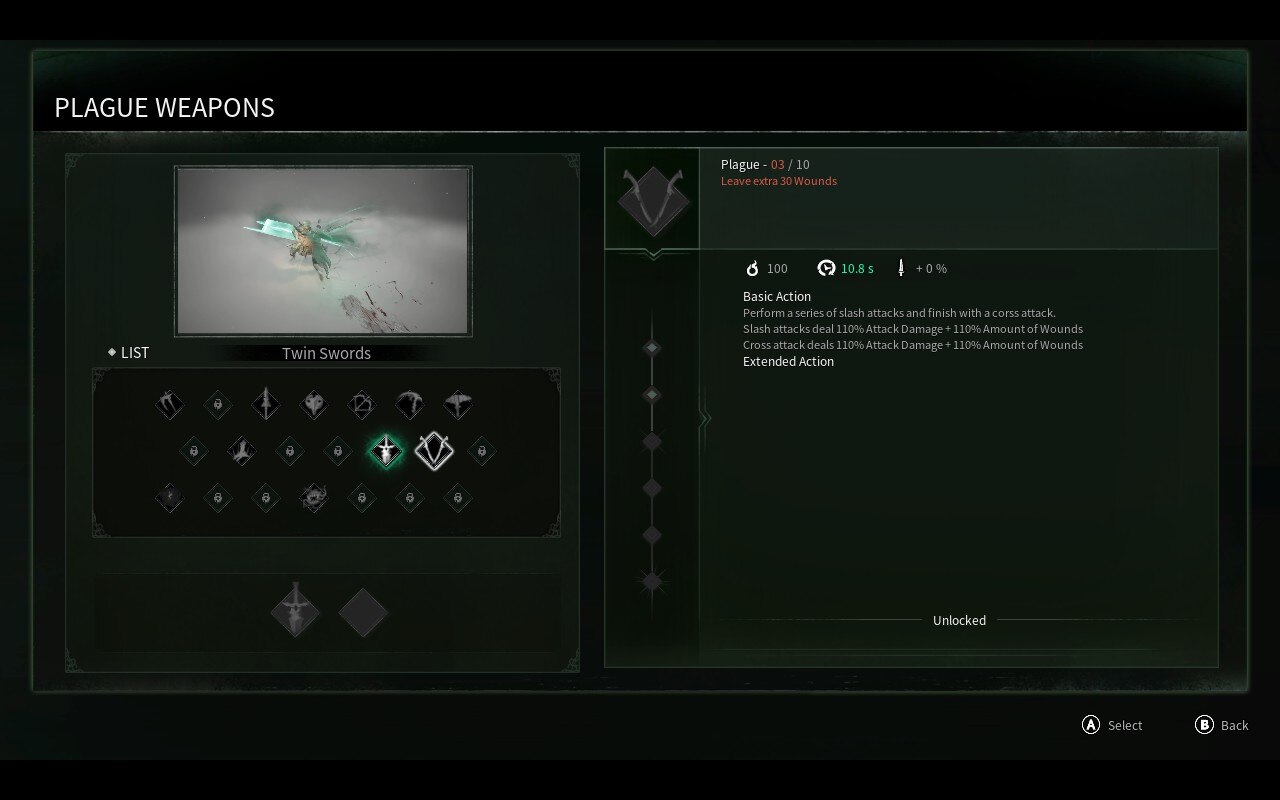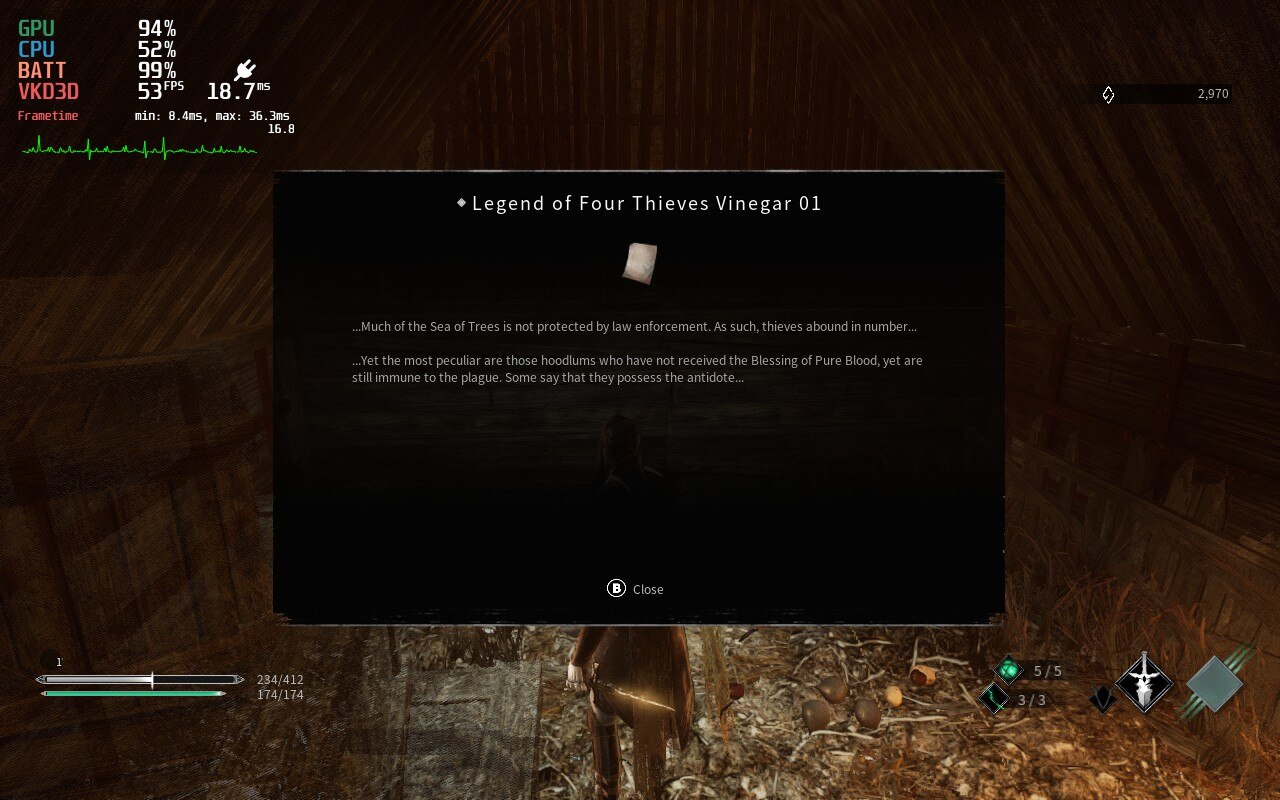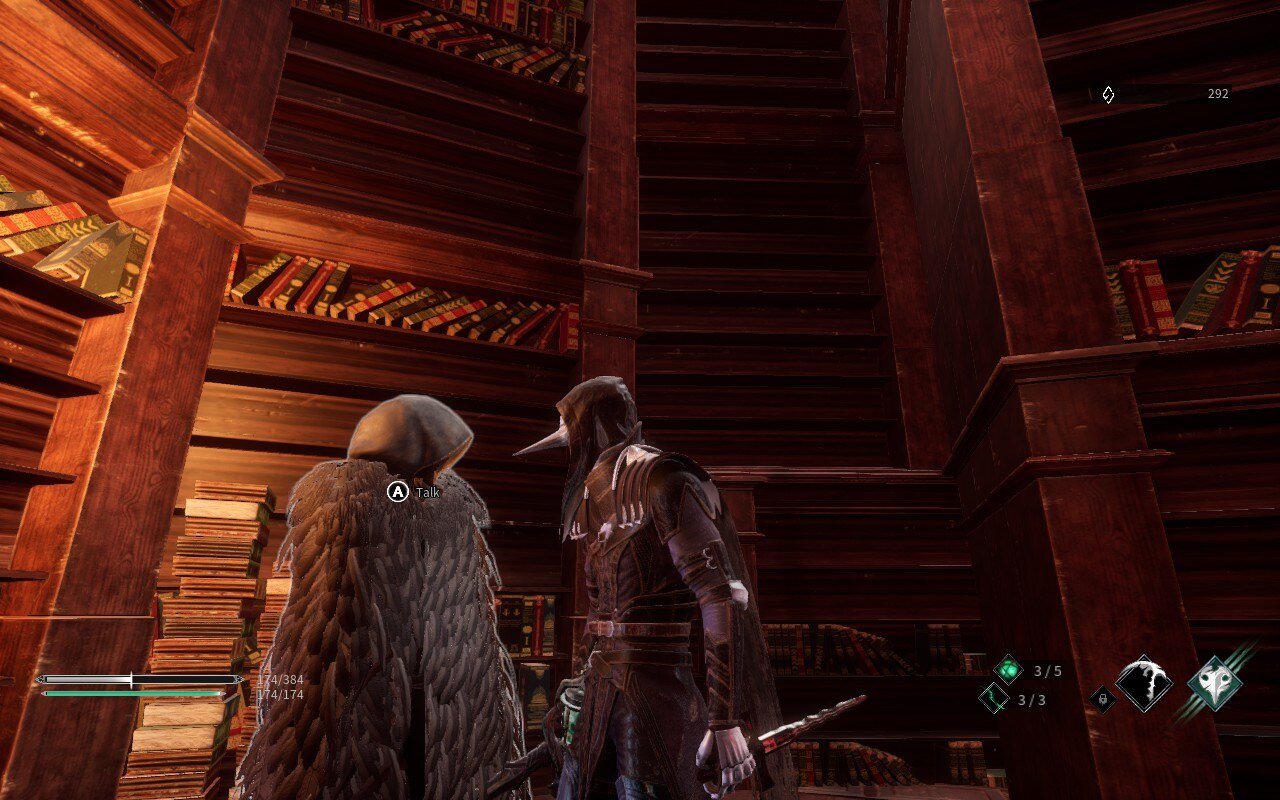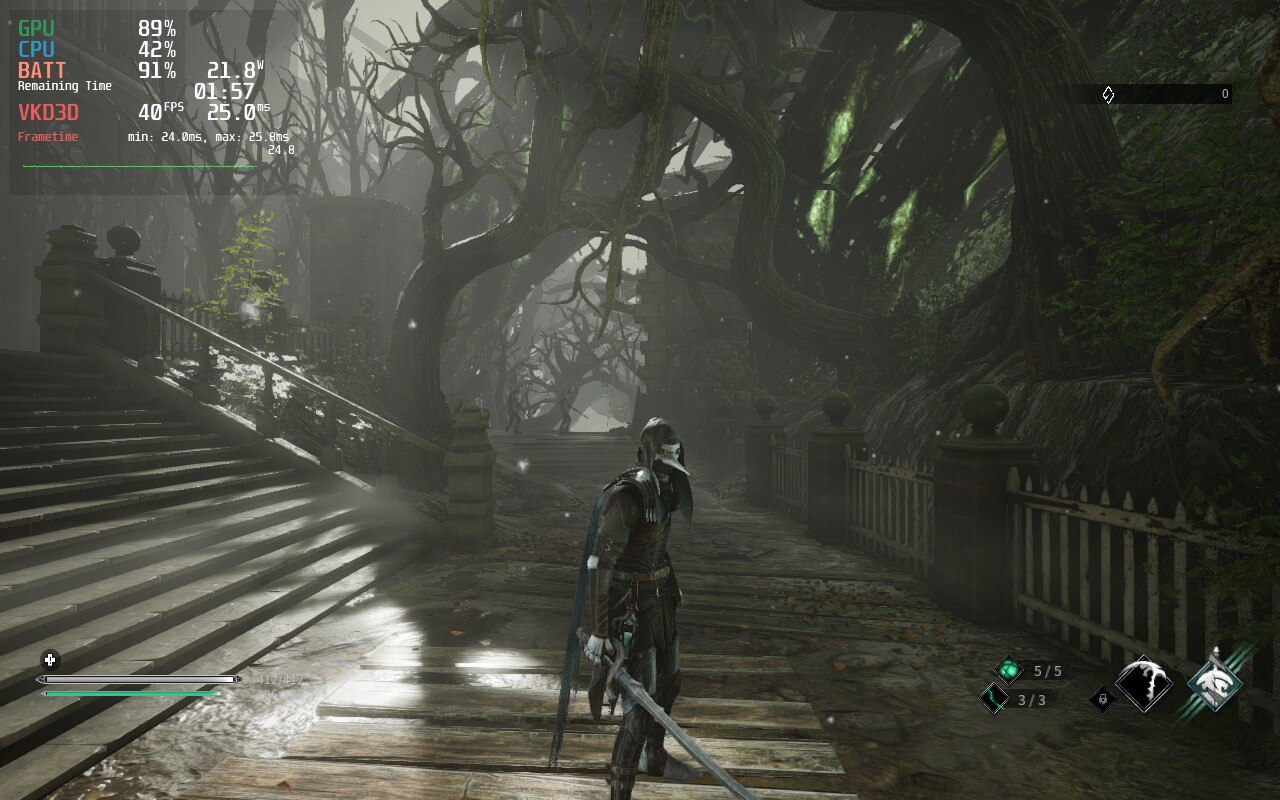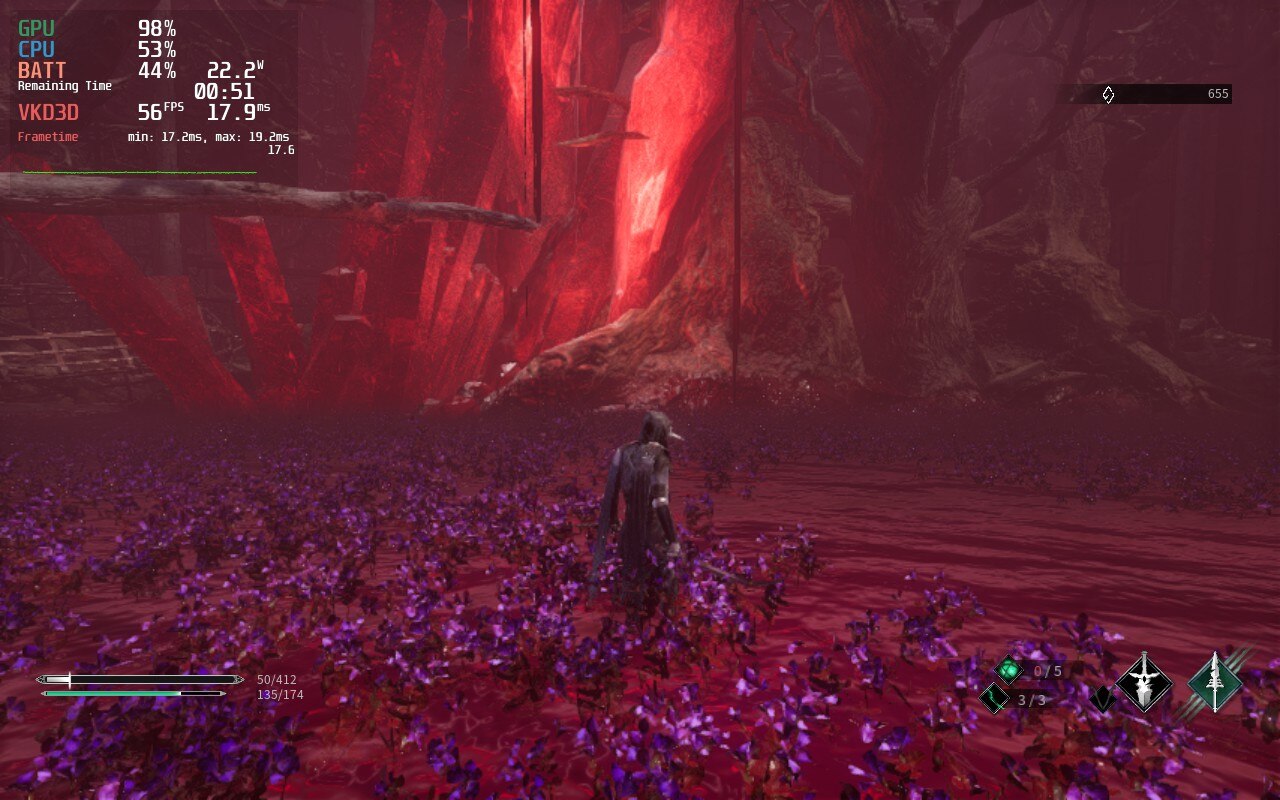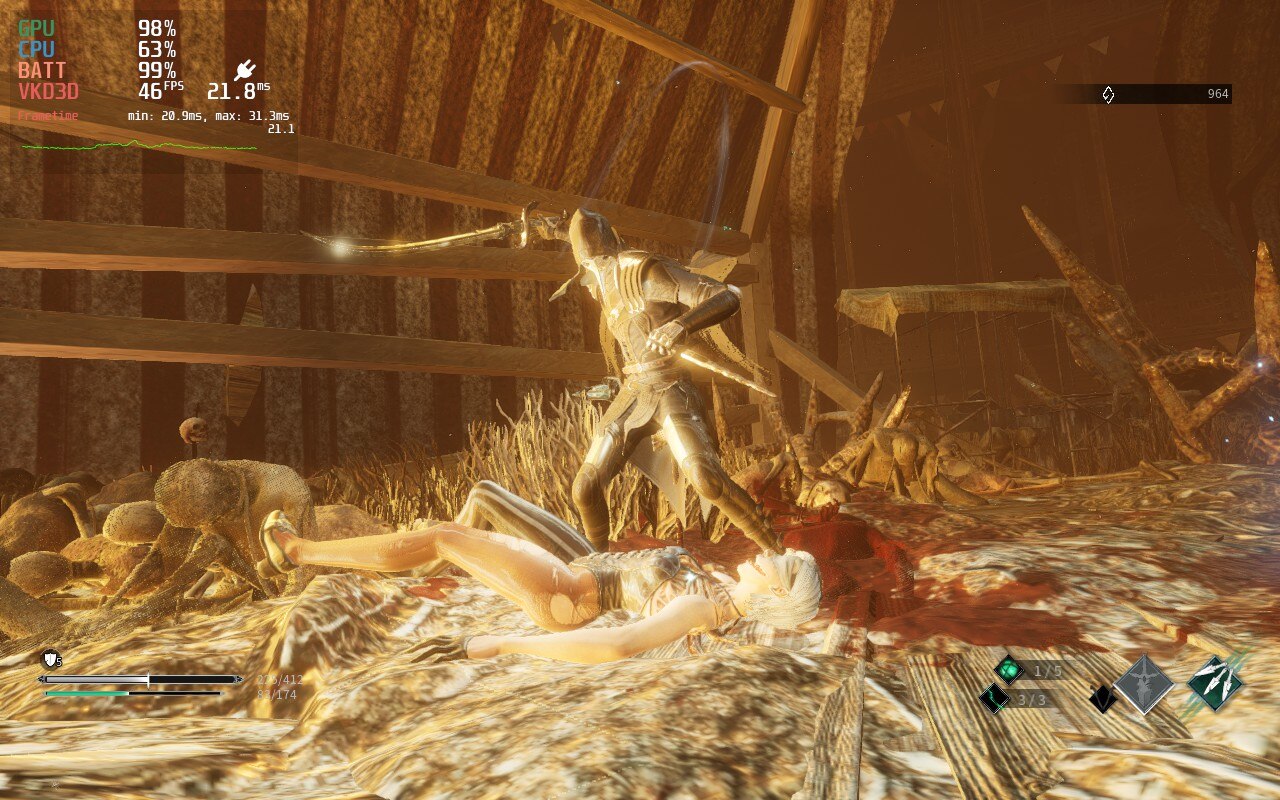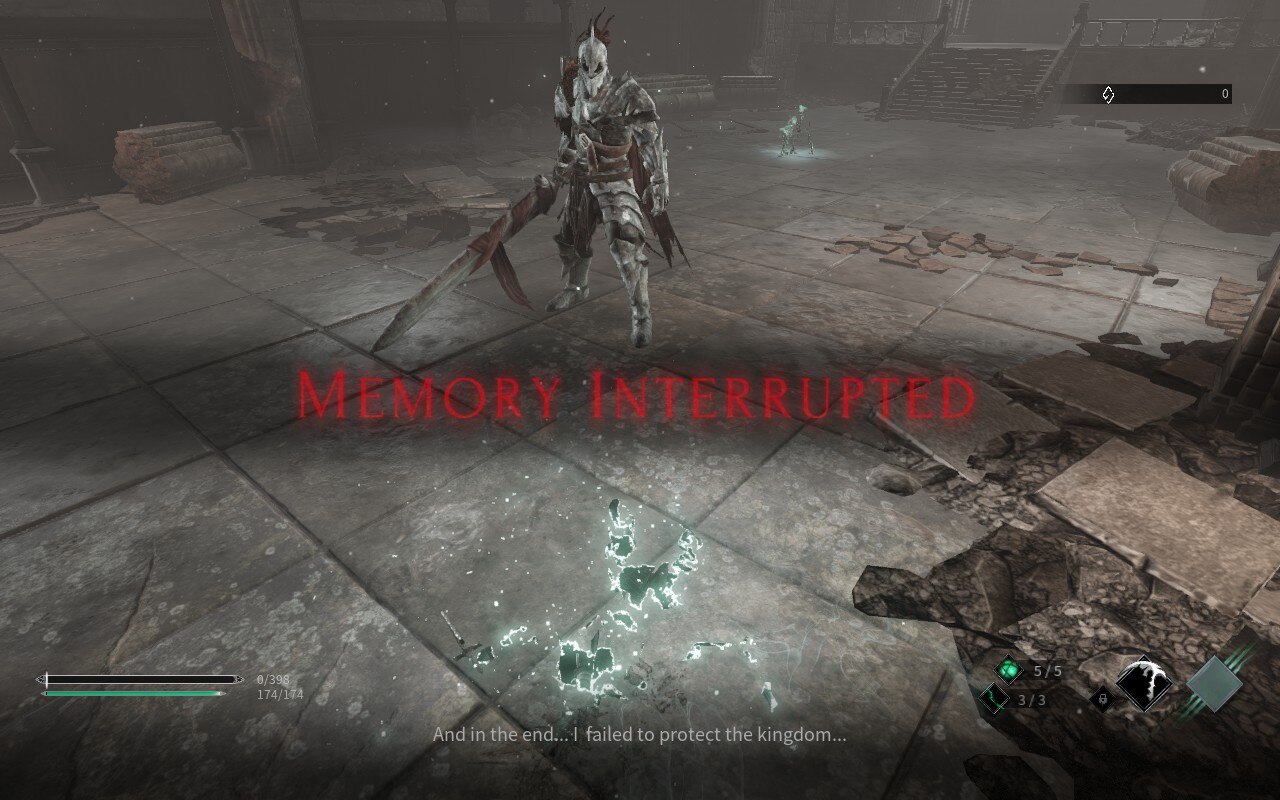Thymesia Review A Frustrating Almost Borne
The PlayStation exclusive most often asked (begged) for has got to be Bloodborne. I’ve only played a few hours as I don’t own a PlayStation or use their streaming service, but needless to say it is a worthy entry in the Souls series. It certainly has its typical Souls frustrations, but from my experience fits that mold of “Souls-hard” in its difficulty.
So in the quest for a good PC Bloodborne-like we could boil it down to three main ingredients: Gothic horror, tense and thrilling combat, and (Souls) difficulty/fairness to the player. But I guess there’s some rule that you can only pick two, at best. Enter Thymesia, promoting its “Plague doctor”-like hero, Corvus, with some mysterious disease and a combat system with different temporary weapons, parries, dodges, etc. I think you can see where this is going.
Let me start by saying a game key was provided by the publisher. While I try to separate this as much as I can from my critique of a game, here it was very difficult: if I had paid for this I would have refunded it by the two hour mark on Steam. Maybe I’d try again on a sale if reviews trend up after updates. It is a combination of me not being great at the game and the game design; I bounced off of it in the first few hours. I haven’t beaten it since then, so maybe a better player or the late game will find it quite different, but I’ve amassed enough to give you my review. There’s something here for some players, but in the end it is limited, or downright off putting, due to design choices throughout the game.
Right, to the basics: Thymesia is a Souls-like third-person action game. The setting is a mysterious land beset by some disease, with the infected aggressively seeking to end your quest. What that quest exactly is, beyond recalling your memories (as levels are called), and other major plot points I can’t really say. Not because of spoilers, but because I didn’t find out much. The typical Souls elements are here: mysterious setting with story mostly via items or limited dialog, difficult combat with mechanics to be mastered, twisty levels with (some) secrets, and the overwhelming element of “git gud.”
The major element and selling point of the game is its combat. There are a lot of mechanics at play, but let me just give you the overview. Each enemy has, essentially, two health bars. You start by seeing a white one, which turns green as you damage an enemy, representing wounds. In order to get the final tick of white down to zero, you also need to reduce the green down to nothing. The trick is that your main two weapons (sword and claw) damage one much more than the other and that wounds will heal (turn back to white) after a few seconds of not damaging the enemy.
Besides these two weapons, you can also reave (copy) a weapon from an enemy, called a plague weapon. These are your spears, greatswords, crossbows, etc. While you can gain one use from reaving a weapon with a special claw attack, over time you can also learn these weapons permanently via pickups, equipping up to two reusable ones. These can be used via an energy system, meaning one use until you recoup energy via other attacks. The weapons can also be upgraded with more of the same pickup type (from killing the same type of enemy) to do more damage, be used more often, or other effects.
There’s more. In short: you have parries, dodges, feather attacks (interrupt critical attacks), strategies (overall bonuses like damage reduction), in addition to the above that you can select from a skill tree. You get one point per level and can instantly refund to change a build at rest sites. This can be useful to change tactics for a boss, or try out something new, since there are some slightly diverging paths. For instance, you can make your parry timing shorter but do more damage, or opt for holding down the parry button to do a percentage damage reduction. You can customize your health potion, too. But there’s no equipment beyond the plague weapons that you can only select from your known ones at rest sites. And all the usual Souls-like expectations: rest sites (literally a chair, but neat looking) to level up, death means you have one chance to recover your experience currency, enemies that can kill you easily if you don’t pay attention, and so on.
So there’s a lot (see their YouTube videos). And there in lies what could (should?) be a strength but exposes some flaws in the combat design. Some mechanics seem rather superfluous, like the several skills to be used while jumping (like gliding or special attacks) when there is no jump button. Instead, as far as I can tell, these jump related skills are used only by choosing a critical attack jump dodge. In other words, a dodge you only do when an enemy is about to do a critical attack. Yet these are pretty infrequent, only from certain enemies at a much lower rate than other attacks, and some bosses don’t have these at all. These look cool but I never found a need to try them, with the basic mechanic of the feather attacks to stop critical attacks being so rarely used in the first place. Instead, you are more likely to face small groups of enemies, without any crowd control skills (excepting larger plague weapon attacks).
caption: An official video demonstrating the Claw attack and wounds mechanic (two health bars).
https://www.youtube.com/watch?v=keuQnAdzJb4
But really the cardinal sin is in the two health bars and enemy healing. Who has ever thought to themselves, “what this game really needs is enemies healing”? Or even worse, “this boss was great, but it really needed to get back up with full health just when I thought I won”?
It is frustrating. What should be a triumphant victory when you finally “beat” that boss turns into exasperation as you realize it is only halfway. After the first boss got up with full health and redid the fight (with one extra super attack), I fully expected the second one, a giant bat thing, to be the same. Instead, it had one “life” but a massive healing ability. So pretty much the same. On the third boss, Varg (seen in the recent demo), I didn’t imagine it would happen again. I mean, why? That’s when I noticed two little marks next to his huge life bar…again? I tried, but I was running out of time for this review, and my motivation was already low by this point.
I will admit this could be the right approach for some people, though I’m not quite sure how many. If it is meant to appeal to the Souls veterans with its mix of combat elements, I’m not sure they will enjoy the other problems I’m about to get into. If, instead, it is meant for those less versed in these games, I just don’t see how someone new will persevere through difficult combat with mechanics that need more explanation. For example, some skills mention super armor which didn’t seem so super to me at least compared to boss attacks, while others mentioning resetting an enemies counter meter. I couldn’t tell you what exactly that means.
Much could be forgiven if that actual moment to moment combat felt good, thrilling, and rewarding. Here, I did find some moments where it can click, but overall it was just a bit off. I wasn’t sure if this was just me, but a search of other players’ comments from the demos and videos confirmed I wasn’t alone.
For one, you can’t interrupt enemy attacks with any type of stagger (except maybe the weakest? hard to tell), meaning they always finish their multi-hit attack. And they will just continue through and interrupt your attacks while being able to take lots of damage. There’s no stamina bar so you would think you can get some fast paced combat, but the wounds system forces you to switch up attacks (good) yet can spoil the flow. Once you do get used to mixing up your attacks and the timing, it does get better, but due to the other drawbacks I mentioned above, didn’t feel worth it. There’s a tension between the more frenzied and aggressive attack style the game seems to reward (so enemies don’t heal) and the uninterruptible attacks enemies do. The natural flow between attacks, parries, and dodges just didn’t click for me most of the time.
The timing is also off enough to prevent smooth combat. If you press a button while Corvus is still finishing an animation, it will sort of queue up that for the next action. Except when it doesn’t and you are frantically trying to get that heal in time, instead switching to a parry or dodge (which you can do to cancel a healing potion animation at least). The timing of responses and the lack of interrupts makes for combat that I struggled through. A better player might find it more acceptable, or perhaps even more frustrating when used to other combat systems.
There’s more: hit boxes seem inconsistent in a few places, the mix of plague weapons changes your timing and distance from other attacks, the timing of parries is fine but the risk/reward often not worth it, but maybe I’m just more of a dodging guy. Though I do sometimes get in a parrying streak using that as my main (white health) damage. Inevitably it ends, terribly.
On the non-combat elements I found the lore notes scattered about to be generic and not giving you much insight into the world. Which is a shame since this could be an intriguing world to learn about, something to motivate going further. There was also no voice acting, even for the quips a boss says when you are fighting. Each boss does have a quick cutscene, sort of a walk-in to get you excited to fight, which plays on every attempt. You can skip it by holding a button, but does add another barrier when you will be trying most bosses over and over.
The level design is confusing with limited variance. There’s not much to explore, although the routes can loop around in different ways you never get to explore much. The levels I played were not huge, but I was constantly lost. There were some shortcuts and sort of secret areas, but the payoff was just extra experience or a bland lore note. After you beat the boss of a level you get their plague weapon to add to your collection, which is cool, and you can return to the level for optional side quests. I didn’t understand how these work exactly, as it seems you just need to do the level again now knowing something to do (like kill all of a certain enemy) which you didn’t know the first time. If you leave a level before finishing off the boss to do side quests from a previous level, you have to start from the beginning when you return.
Finally, the presentation and technical aspects are above average. I had maybe one crash, everything looks pretty good, sound effects work well, limited bugs. Though the camera can get caught on walls and corners and menus needed an extra button press to show a selection, technical complaints are pretty minimal. I played souly (ha!) on the Deck where performance was either good (high 50s with most settings at High) or okay (solid 40s mostly with Medium settings) depending on area, with some hitching in frame rate. Thymesia is a Windows-only release (plus consoles) and worked without tweaks using the default Proton 7.0-3.
Well…that’s a lot of complaints isn’t it? Again, I was clearly not the best at this game and did not make it to the end. However, after about 11 hours, based on the achievement list for the PlayStation I finished all three of the listed levels, though maybe less than halfway through the bosses (hard to tell, perhaps some choice as multiple endings are listed). Steam shows 12/38 achievements. I also have two thirds of the 21 plague weapons and nearly all the skills I want. The developers have said a “highly-skilled” player would take maybe 7-9 hours total. Call that maybe 15-20 for an average Souls-like player? Meaning lots of attempts at the main handful of bosses. That could be right, but with that there’s not much to really drive you forward from what I saw: minimal story, levels mostly as a way to get weapons/experience, pretty linear levels and progression, all coming down to how much you like the combat.
A potentially big caveat is that the “press-preview” branch I played is from almost a month ago, according to SteamDB. The game was delayed by about a week or so for polishing (and to address player feedback from their first demo, with concerns like timing windows for the parry). So perhaps the final product will be a nice tweak from what I experienced. Still, I think what I’ve seen is some core design decisions that could be mitigated, but not solved. And an easier game would get pretty short.
Let me end on a more positive note, as I did go back to face Varg some more after sitting down to write this review. After too many failed attempts at different strategies, I doubled down on parrying rather than my natural dodge, but with less damage and a longer parrying window. I hadn’t understood a talent description about how long the deflect takes, but after watching an official video about deflecting I realized it made the deflect move take longer; the timing should be easier. I also switched to fast, but shorter range, claw attacks that could give a little health back to Corvus. With that, I stood my ground, parried like (90% of) a master, and finally beat Varg with a few more tries.
It was a thrilling fight, one I managed with some room to spare but close enough to keep it tense. I had (mostly) locked on to the timing, knew Varg’s attacks and my windows to heal or attack, and generally made it a smooth battle. It did take about 10 hours of Thymesia to get to this point, my other successful wins not quite at this level. My reward was that it looks like I finished the main stages, moving off to another boss fight(s) without a proper level first. So the end is near, even if I’m not sure I’ll get there, as I see a more difficult fight with those two little markers by the health bar, again.
I should note that this is OverBorder Studio’s first game (though the individuals, and the publisher, Team17, have been around), and while this didn’t fully click for me, I’m definitely keeping an eye out for what they do next. Perhaps some updates or expansions for Thymesia will get it to a better place, but there’s no doubt there’s the capacity here for some good games.
It’s a shame, as there’s clearly a desire for a Bloodborne on PC. There’s some ingredients here and flashes of exciting combat, and I have no doubt for some players this will be the combat-focused almost Bloodborne they want. But with a market saturated with good Souls-inspired games, and FromSoftware’s Elden Ring still looming large, I think we have much better to keep us busy.
Maybe that’s Thymesia‘s achievement for me: I can’t wait to jump back into Elden Ring after some time apart. I’ll still get rekt, but the scenery will be better and it’ll definitely be my fault.

